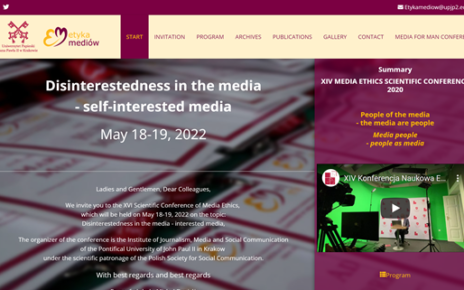Consider this scenario. A company rolls out a social media policy, asks leaders to sign-up and they all say they will. A month or two later, while conducting a dipstick to understand the level of acceptance, it is observed that leaders and employees didn’t quite understand the purpose of the policy or its interpretation and aren’t following the guidance.
What happened?
Most organizations believe that policies on social media or media relations or communication are a given and employees will back it the moment it is rolled out. It isn’t that simple. According to the 2016 EY study on social media marketing trends in India, 60% of brands surveyed didn’t have a formal social media policy in place or had not embedded it within the organization.
There are multiple reasons for this trend.
Employees use social media for a variety of purposes – from taking a ‘mental’ break to connecting with families and friends. With employees wanting autonomy in their professional lives and the freedom to be ‘personal’ brands while engaging inside organizations, the expectations to be socially active has increased. However, the policy sounds restrictive and that goes against the philosophy most organizations practice.
There is limited appreciation of the risks associated with saying or acting in violation of the brand’s guidelines. Driving external and internal engagement is tricky for the communication team without a framework on social media governance. Also, knowing that consumers make decisions based on ‘word-of-mouth’ while trusting earned media such as recommendations from friends, it makes sense for organizations to have their employees’ active on social media. Most organizations do not even have training for employees on appropriate usage. It goes beyond posting on Facebook or other social media channels. Training needs to focus on protecting personal and company information and the growing risks associated with hacking of systems.
This is where the role of the communication team is so vital. Having a bird’s eye view of all that takes place inside and outside the organization can allow the team to put such policies in perspective.
· Spending time to unpack the policy and share context helps alleviate fears in the minds of employees. No employee wants to be caught off guard while proactively promoting the organization in their personal capacity. Likewise, no leader is keen to be called out as someone who have employees turned rouge on social media. Use stories to explain the potential and practices associated with social media engagement.
· Explaining what good practice is and sharing real examples of the risks of engaging on social media without knowing the consequences are expectations that communications teams can set. Is it fine to use copyrighted music in personal videos that go online from the employee’s personal accounts? Does it make sense to share political points of views on social media while people associate you with your organization? Will it be alright to ‘like’ a competitor’s social media post? Can an employee wear a company t-shirt and be in a video for a personal charity drive? These are many more questions often cloud decisions that employees and leaders make.
· Organizations that view digital media as an opportunity rather than a risk are more in demand. Digitally mature organizations which invest in building their employees’ digital capabilities are more sought after to work than those who don’t. Form a team of employees who are passionate about social media and involve them while cascading the policy. Help these champions with resources and tools in communicating stories and practices.
Social media at the workplace and beyond is here to stay. How and what organizations do to engage employees on social media will determine their impact. Helping employees understand the nuances of social media engagement and building trust so that they share any concerns or challenges can go a long way in making an organization’s brand stronger from within.
If you found this article useful, do follow me on Linkedin and look up www.intraskope.com for more such content.



